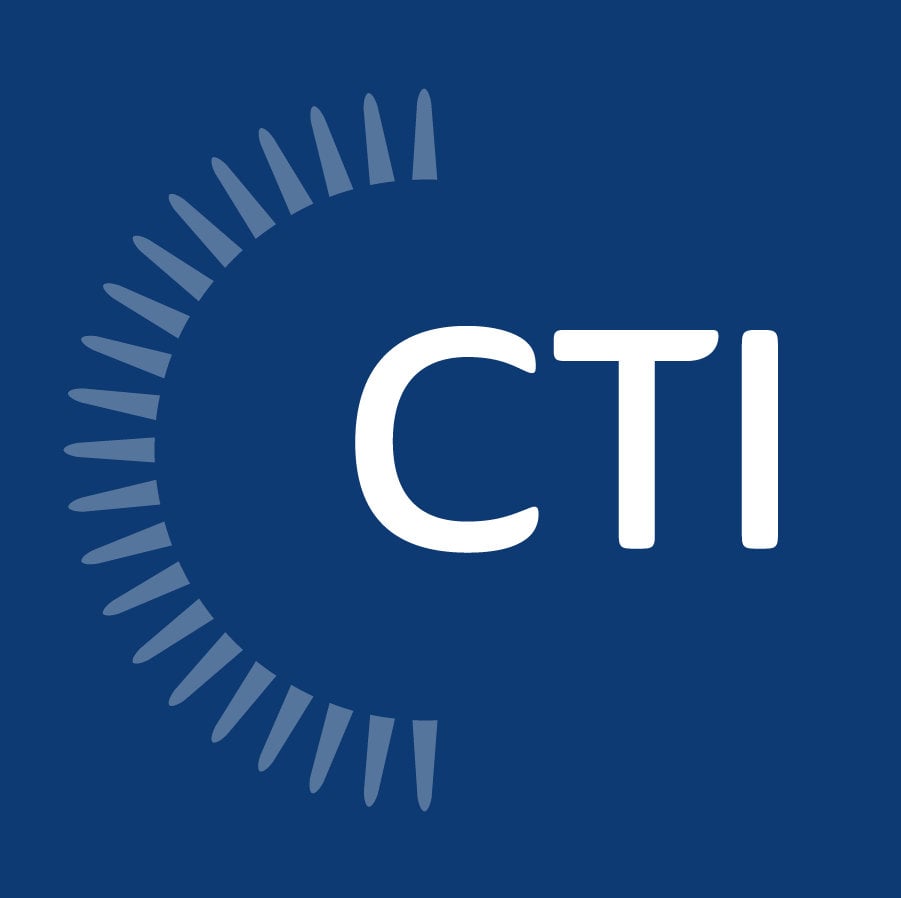 “Mr. Watson, come here. I want to see you.”
“Mr. Watson, come here. I want to see you.”
Reportedly, these stand as the very first words Graham Bell uttered through his invention – the telephone. The device revolutionized our communication, our world. It altered industries and created new ones.
Of course, along the way, many other innovators made tweaks and improvements: from switchboard connections to automatic exchange; rotary dialing, then pushbutton; cordless to wireless; voice over internet protocol (VoIP); not to mention all the changes in physical styles and design.
And now we cannot leave our home without smartphones. Some were major refinements; some were minor. But all helped to progress the telephone’s function and convenience to connect us to where we are today.
Just a Little Will Do
Today, when it comes to innovation, the government recognizes that even incremental improvements make an impact, and companies should be incentivized and rewarded for seeking and executing them - including construction companies. This commitment to incentivizing both evolutionary and revolutionary improvements is demonstrated in the R&D tax credit's requirements.
When the R&D tax credit was first introduced, the mandates required a business to seek information new to the industry or broaden the current knowledge of a field to qualify. However, the government removed the ‘discovery test,’ giving way to more inclusive regulations.
With the removal of the discovery test, companies found expanded eligibility opportunities. They are no longer required to pursue uncharted waters; they need only conduct activities that satisfy the scope of the changes (Section 41) for potential qualification, such as developing a new or improved process or product.
Construction Tax Credits: Can You Claim It? Yes, You Can! |
From Uncertainty to Credits
Construction firms engage in activities that frequently result in incremental improvements to a structure’s design or method of construction. Here’s how one company did it:
A firm was contracted to build a podium structure and parking garage for an apartment complex. During construction, the firm identified incongruities in the architect’s preliminary drawings.
The plans revealed a conflict in which the garage’s slab foundation used a continuous reinforcement bar through its soldier piles that interfered with the design’s proposal to wrap around each soldier pile to provide critical waterproofing to the system.
Consequently, the firm assessed several design alternatives to resolve the conflict, including assessment of alternative soldier pile configurations and locations for the reinforcement bar’s placement.
Initially, the firm evaluated relocation of the reinforcement bar to the front of the piles to mitigate its conflict with the waterproof wrapping but determined this would negatively impact the structure’s stability.
Ultimately, the firm’s iterative approach to resolving this technical uncertainty identified a solution combining the reconfiguration of the soldier piles’ placement and redesign of the reinforcement bar to accommodate the necessary waterproofing. With creativity and ingenuity, the company met project requirements and resolved the design conflict.
The information necessary to identify and validate this solution, while perhaps not a revolutionary improvement to the industry, was acquired through the firm’s iterative process and helped eliminate the firm’s technical uncertainty. Consequently, many of these activities and related expenses potentially qualify for R&D credits.
Eligible R&D Construction Activities
These are just a few of the activities that potentially qualify construction businesses for R&D credits:
- Evaluating alternative construction techniques
- Developing and improving construction equipment
- Development of unique, energy-efficient features
- Designing new or improved HVAC systems
- Utilizing Building Information Modeling (BIM) or simulation software to evaluate alternative designs or methods of construction
Qualifying Costs
Qualified expenses for the R&D tax credit include:
- Salary and Wages
Taxable wages for employees conducting the activities, participating in first-level supervision, and direct support of research activities
- Supplies
Equipment and materials used for research (excludes general administrative supplies and capital items)
- Contract Research
Contractor activity expenses that qualify under standard employee activities
- Computer Rental or Lease Costs
Expenses for computers used in research. This can include cloud services payments – only if the charges relate to hosting software under development.
Adding an Extra Level
Additionally, at the start of 2016, firms with less than $50 million in gross receipts can now use the R&D credit to reduce their Alternative Minimum Tax (AMT). And startup businesses without an income tax liability and gross receipts less than $5 million for the taxable year can apply R&D credits to offset a portion of their federal payroll tax.
A Little Innovation for a Lot of Savings
Like the telephone, designing and erecting our nation’s infrastructure has evolved – and will continue to do so through innovative construction firms. And if these businesses unearth all their potential R&D tax credits, they can build substantial savings – to help fund future creative designs and structures.
With so much promise for reclaiming revenue and funding advancement, R&D claims shouldn’t be left to chance. Like a solid building design, the R&D credit capture is best aided by a professional, someone who understands the intricacies and nuances of the trade.
A tax specialist can help firms decipher the tax credit complexities and plan for a substantial savings foundation.



